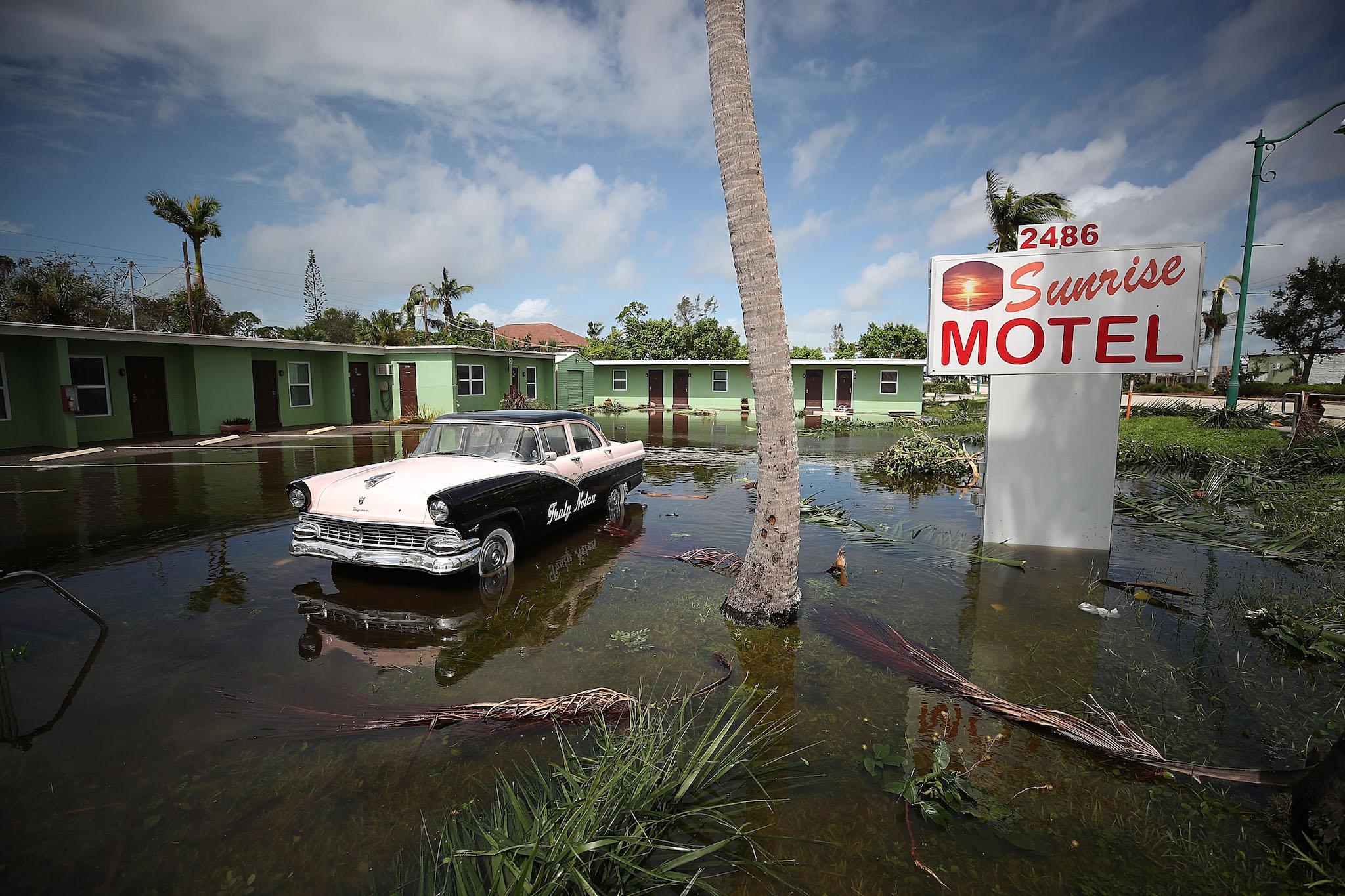Hurricanes Irma, Harvey and Jose appearing at the same time shows climate change is real and getting worse, say experts
Two could be a coincidence, but three has 'got to be' climate change, says one climate change researcher

Your support helps us to tell the story
From reproductive rights to climate change to Big Tech, The Independent is on the ground when the story is developing. Whether it's investigating the financials of Elon Musk's pro-Trump PAC or producing our latest documentary, 'The A Word', which shines a light on the American women fighting for reproductive rights, we know how important it is to parse out the facts from the messaging.
At such a critical moment in US history, we need reporters on the ground. Your donation allows us to keep sending journalists to speak to both sides of the story.
The Independent is trusted by Americans across the entire political spectrum. And unlike many other quality news outlets, we choose not to lock Americans out of our reporting and analysis with paywalls. We believe quality journalism should be available to everyone, paid for by those who can afford it.
Your support makes all the difference.The horrifying weather that has swept over the Atlantic is just a light example of things to come, according to researchers.
The Americas have been hit by three destructive hurricanes in recent weeks: Harvey, Irma and then Jose. That is not simply a coincidence, say climate experts – instead, it is a demonstration of global warming in action.
Scientists have already warned that the response to the recent hurricanes shows how terrifying unprepared the world is for the kind of extreme weather events that will become more and more common as the Earth gets hotter.
But they warn also that the combination of the hurricanes is a particular warning about the damage being done to the environment. What's more, the weather effects that usually slowed the damage caused by such a run of hurricanes is likely to stop – meaning not simply that we will get more dangerous hurricanes, but they are more likely than ever to chain together in this way.
"Perhaps Harvey was happenstance, and Irma could be coincidence," said Philip Williamson, NERC Science Coordinator at University of East Anglia. "But Jose following close behind has to be climate change in action. Damaging hurricanes, cyclones and typhoons occur in tropical parts of the world, at the time of year when the sea is warmest. So if the world gets warmer still, the risk increases – it's as simple as that.
“In particular, when one follows much the same track as another, soon afterwards, the second or third is usually likely to be weaker – since the surface ocean will have been cooled by the initial mixing (bringing deeper, lower-temperature water to the surface). But that effect won't happen, or will be much less, if there's warm water at depth as well as at in the uppermost layers. Here we see there has been some overlap of the 'flight paths' of Harvey, Irma and Jose, yet without resulting in any substantive reduction in their strengths, all being at least category 4.”
Climate experts are clear that the hurricanes themselves weren't necessarily the result of climate change, and that while the combination of them is rare it could occur naturally. But environmental changes are making the strength and energy of such hurricanes far stronger, and allowing them to do far more damage.
“Climate change may not have caused Hurricane Irma, but it is making its impacts a whole lot worse," said Dave Reay, Professor of Carbon Management at the University of Edinburgh. "Rising sea levels and a warmer, wetter atmosphere are combining to intensify flood risks all around the world. President Trump said he withdrew the US from the Paris Climate Agreement to protect jobs and businesses. For many folk in Texas and Florida that decision must now be looking pretty short-sighted."
As before, researchers have warned that the world is simply not equipped for the kinds of extreme weather that will come with changes in the environment. In particular, the effects of such damage is spread differently across the world, meaning that people in poorer countries are far more likely to die, for instance.
“The reach of extreme weather is spreading and its punch is getting stronger due to climate change," said Jeffrey S. Kargel from the Department of Hydrology & Atmospheric Sciences at the University of Arizona. "No individual meteorological event is attributable exclusively to shifting climate, but human alteration of the atmosphere is having a major role in causing more costly and more frequent extreme weather events.
"Poor nations pay mostly in bodies, and wealthier, more developed nations pay more in damaged stuff, but there comes a point when no amount of weatherproofing can protect people."
Join our commenting forum
Join thought-provoking conversations, follow other Independent readers and see their replies
Comments